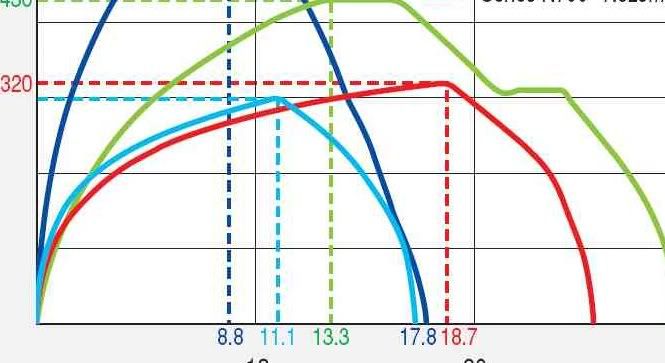I was showing Joey A the other day how to time the ball properly, it's how you contact the cue ball as smooth as possible, so that the cue ball moves as smooth as possible without it jumping, hopping etc... Watch the most natural players play and how they hit the cue ball, touch and feel and hitting the ball sweet.
What creates power? TIMING not hitting the ball harder to make it draw lots, yes you have to accelerate a little more but its how sweet you make the contact
What creates power? TIMING not hitting the ball harder to make it draw lots, yes you have to accelerate a little more but its how sweet you make the contact
